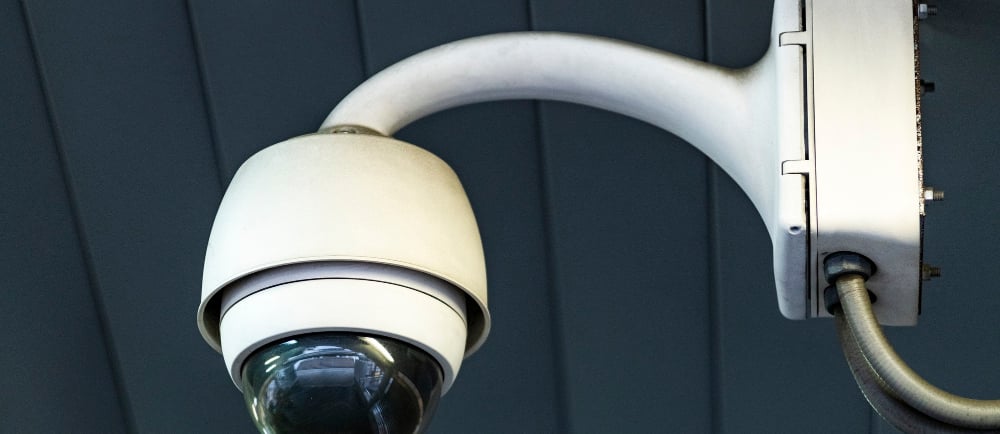CCTV Cameras in Edmonton: Case Studies Showing Real Business Security Improvements
Explore case studies of Edmonton businesses using CCTV cameras to reduce theft, enhance safety, and improve operations. Discover how tailored security solutions make a measurable difference.
10/17/20253 min read


For businesses in Edmonton, protecting assets, employees, and customers is a constant challenge. Retail shops, warehouses, construction sites, and office environments face risks ranging from theft and vandalism to workplace disputes. While security personnel provide valuable support, technology often has the most significant impact on prevention and resolution. CCTV cameras have emerged as a key solution for local businesses, offering 24/7 monitoring, remote access, and high-quality video evidence to prevent losses and enhance overall safety. This article examines real-world case studies of Edmonton companies that successfully implemented CCTV systems to strengthen security and optimize operations.
The Role of CCTV Cameras in Edmonton Businesses
Closed-circuit television (CCTV) cameras play an essential role in modern business security strategies. Unlike traditional methods, CCTV systems provide continuous monitoring without fatigue, ensuring coverage around the clock. Recorded footage offers clear evidence to resolve theft incidents, liability claims, or workplace disputes. Remote access through mobile apps or cloud platforms allows managers to monitor operations from anywhere, enhancing oversight and responsiveness. Edmonton businesses also contend with unique challenges, including extreme weather, long winter nights, and high commercial activity. CCTV systems designed to withstand these conditions ensure reliable, uninterrupted surveillance year-round.
Case Study 1: Retail Store Theft Reduction
A chain of convenience stores in Edmonton experienced frequent shoplifting and after-hours break-ins, resulting in substantial revenue losses. To address this, the business installed dome-style CCTV cameras with night vision at entrances, cash registers, and high-value product aisles. Within six months, shoplifting incidents dropped by 40%, recorded footage helped identify repeat offenders, and employees reported feeling safer during evening shifts. This case illustrates that strategically placed cameras act both as a deterrent and as a source of actionable evidence, improving overall store security.
Case Study 2: Warehouse Safety and Liability Management
A large Edmonton warehouse struggled with employee accidents, unauthorized after-hours access, and false liability claims. Management installed outdoor bullet cameras and indoor PTZ (Pan-Tilt-Zoom) cameras, integrated with access control systems, to improve monitoring. As a result, footage clarified responsibility during workplace incidents, reducing false claims, while intrusion attempts were detected early, preventing theft. Managers also used real footage to train staff on safe practices, demonstrating that CCTV can support both workplace safety and security.
Case Study 3: Construction Site Monitoring
Construction sites are particularly vulnerable to equipment theft and vandalism. One Edmonton contractor repeatedly experienced losses of tools and machinery. By deploying PTZ and thermal cameras with remote monitoring, security personnel can zoom in on suspicious activity and track intruders in real time. This setup reduced equipment theft by 70%, enabled rapid responses before on-site guards arrived, and lowered insurance premiums through improved security measures. This case highlights how advanced CCTV technology provides both prevention and cost savings for industries with high-value assets.
Case Study 4: Office Workplace Transparency
An Edmonton-based call center needed to monitor productivity and address complaints about workplace behavior. Discreet CCTV cameras were installed in common areas and entry points, in accordance with privacy guidelines. Video evidence enabled employee disputes to be resolved quickly, improved attendance and productivity monitoring, and fostered a safer work culture in which staff felt protected from harassment. The ethical use of CCTV promotes transparency and accountability, benefiting both employees and management.
Key Lessons from Edmonton Businesses
These case studies reveal essential insights for organizations considering CCTV solutions. Visible cameras serve as a powerful deterrent, reducing incidents before they occur. Proper placement is critical, as blind spots and poorly angled cameras limit effectiveness. Integration with access controls, alarms, or other security measures multiplies the system’s value. Professional installation ensures fewer technical failures and maximizes results, whereas DIY setups often lead to coverage gaps or operational issues.
To Wrap It Up
The experiences of Edmonton businesses demonstrate that CCTV cameras are more than just surveillance tools—they are business enablers. From retail stores reducing theft to construction sites protecting expensive machinery, the impact is clear: CCTV improves operational oversight, safeguards employees, and protects valuable assets. By learning from these real-world examples, other companies can see how tailored security solutions make a measurable difference in business operations and security strategies.
